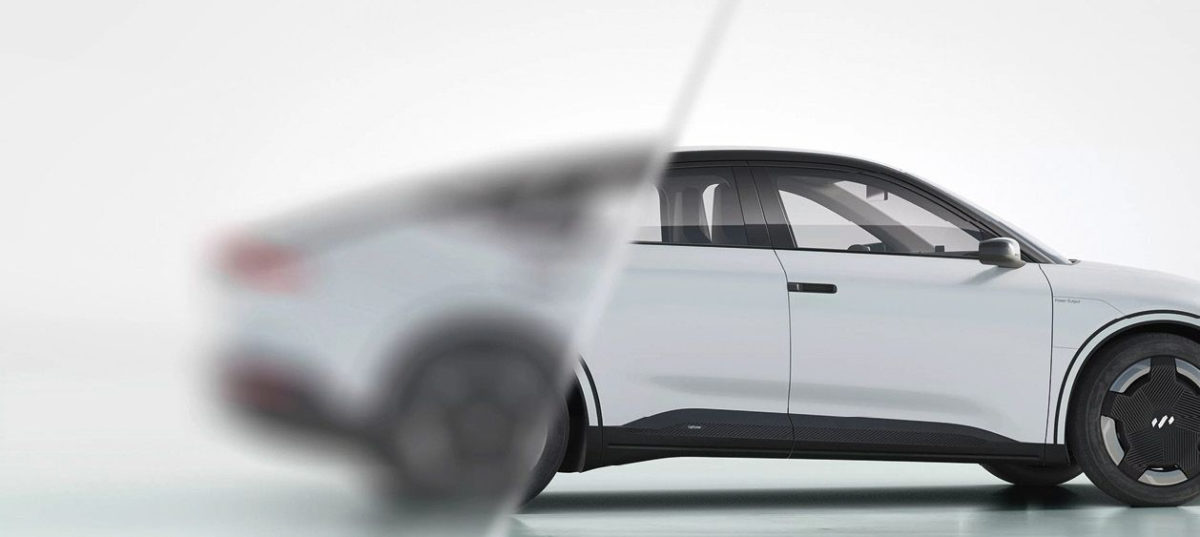While an attractive proposition explored by startups and legacy car brands alike, the integration of solar cells into passenger vehicles is still in its infancy. Therefore, there is a lack of data quantifying the potential of vehicle integrated photovoltaics (VIPV) in real world conditions considering local solar irradiation and shadowing in urban environments.
Now, a group of researchers led by Lisbon-based Instituto Dom Luiz have modeled the potential of solar-powered vehicles with 1 kWp of PV on their rooftops for 100 cities across the world. Their findings showed that the median solar extended driving range is 18 km/day/kWp and 8 km/day/kWp for driving and parked vehicles, respectively.
Namely, they found that the solar extended driving range varies between 11 km/day/kWp and 29 km/day/kWp. According to the researchers, this is often of the same order of magnitude as daily commuting distances, enabling significant self-sufficiency for VIPV.
The researchers also found that the charging frequency ratio for solar-powered vehicle ranges from 0% to 80%, with a median of 57%.
“Higher (or lower) installed capacity would lead to a higher (or lower) extended driving range, but the effect on the charging frequency would not increase (or decrease) proportionally because it results from the difference between the extended driving range and the vehicle kilometers travelled,” the researchers said.
According to their findings, the most favorable geographies for VIPV include Africa, the Middle East and Southeast Asia. Nonetheless, the researchers underline that solar-powered mobility has relevant impact in reducing the charging frequency and lowering operational cost across the full sample of geographies, including China, Europe, North America and Australia.
Finally, the researchers have analyzed urban shadowing and its impact on driving range. They found that shadowing reduces the driving range by 18% and 60% (median values), for driving and parked vehicles, respectively.
“This higher shadowing impact for vehicles parked during the day suggests that the most interesting short-term potential market for VIPV is for vehicles that drive during the day, such as service vehicles, bus transport and other public transport modes such as car-sharing, ride-hailing or taxiing services,” the researchers write.
Moreover, they underline that it is expected that, whenever possible, solar-powered vehicles should choose open-area parking spaces with favorable irradiance conditions, reducing the effect of the significant shadows considered in their model.
Their results are discussed in “Effect of urban shadowing on the potential of solar-powered vehicles,” published in Progress in Photovoltaics.
This content is protected by copyright and may not be reused. If you want to cooperate with us and would like to reuse some of our content, please contact: editors@pv-magazine.com.




By submitting this form you agree to pv magazine using your data for the purposes of publishing your comment.
Your personal data will only be disclosed or otherwise transmitted to third parties for the purposes of spam filtering or if this is necessary for technical maintenance of the website. Any other transfer to third parties will not take place unless this is justified on the basis of applicable data protection regulations or if pv magazine is legally obliged to do so.
You may revoke this consent at any time with effect for the future, in which case your personal data will be deleted immediately. Otherwise, your data will be deleted if pv magazine has processed your request or the purpose of data storage is fulfilled.
Further information on data privacy can be found in our Data Protection Policy.